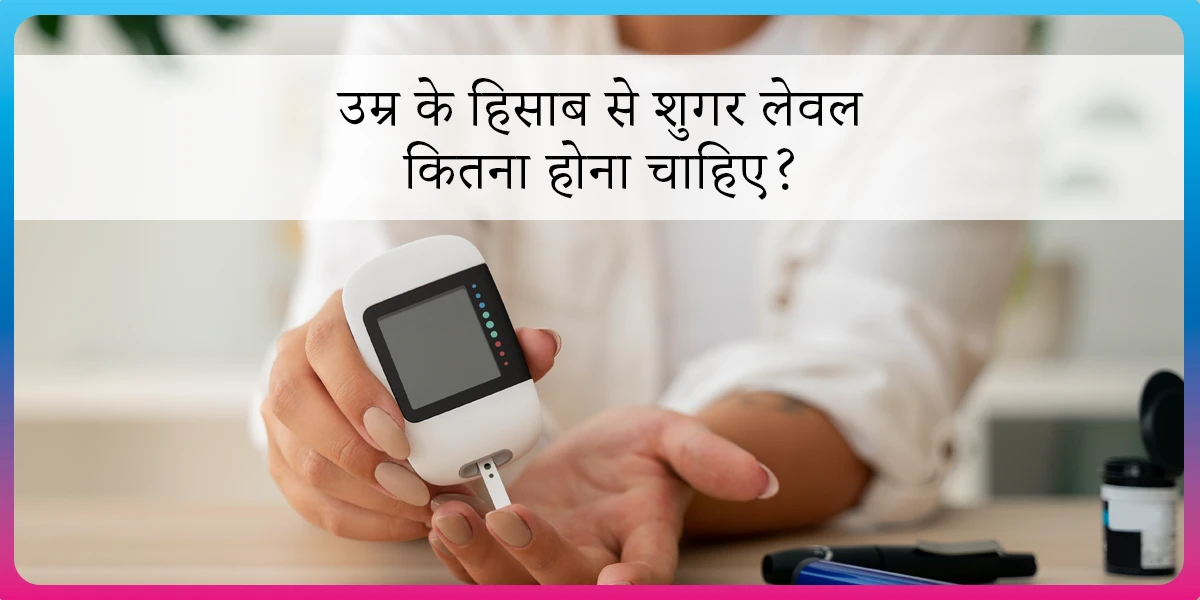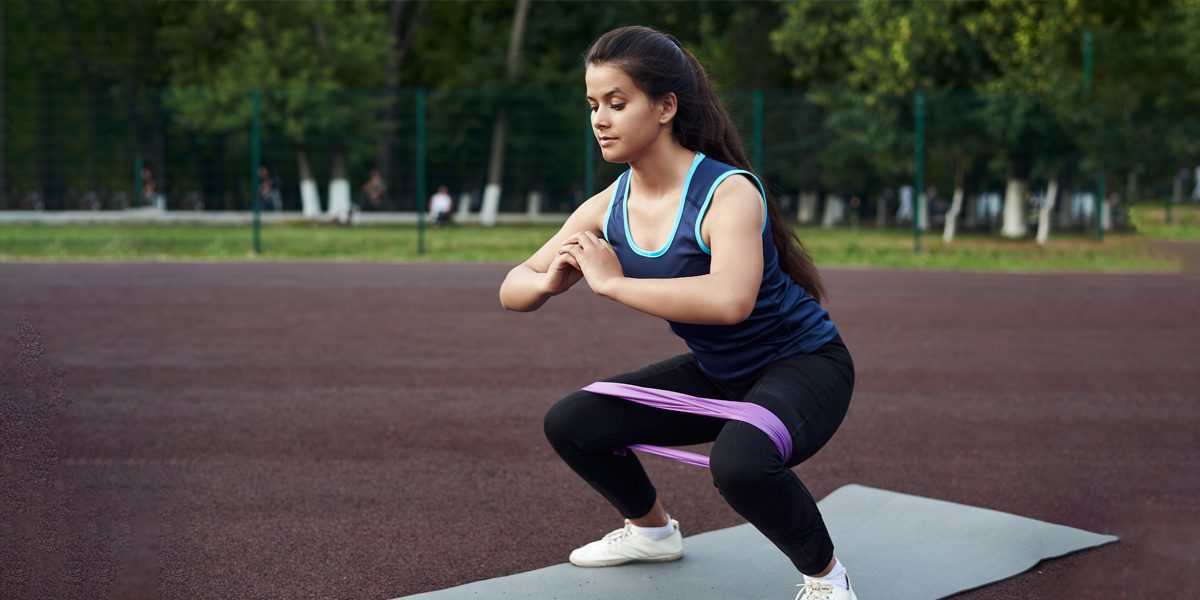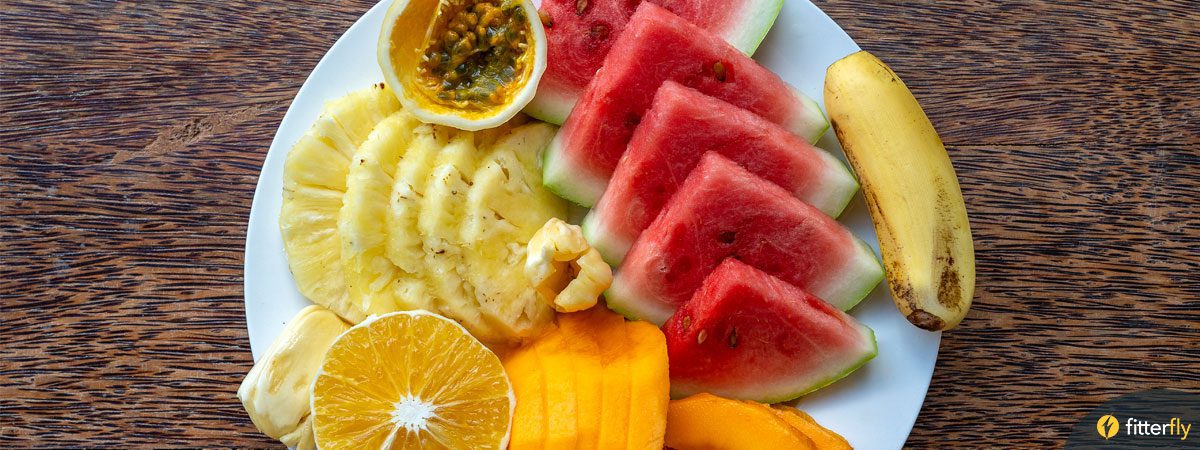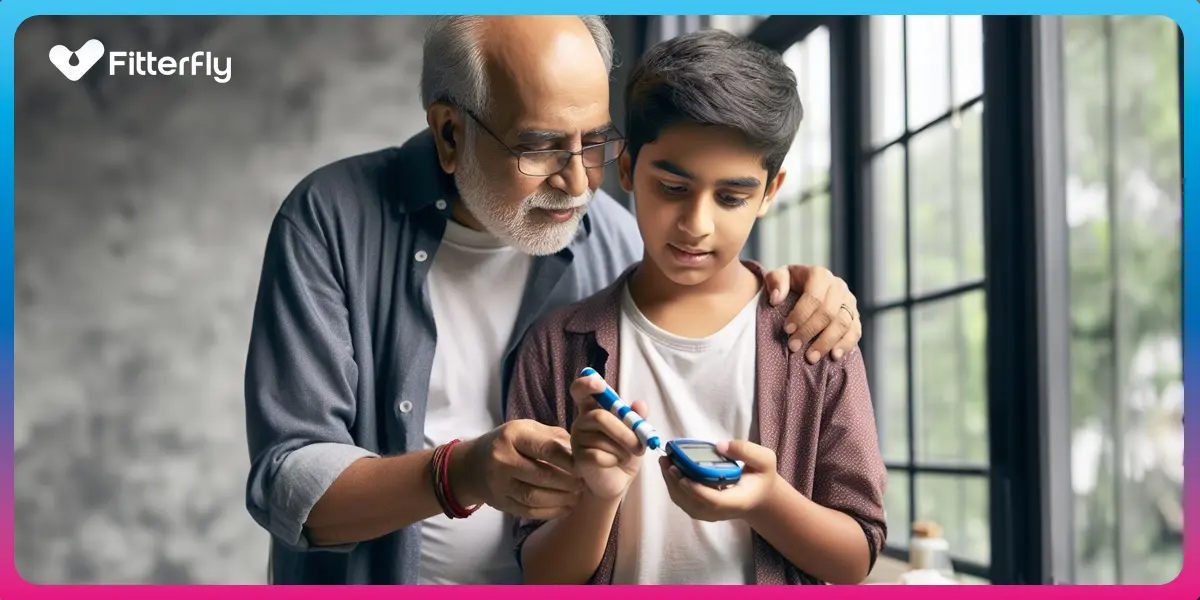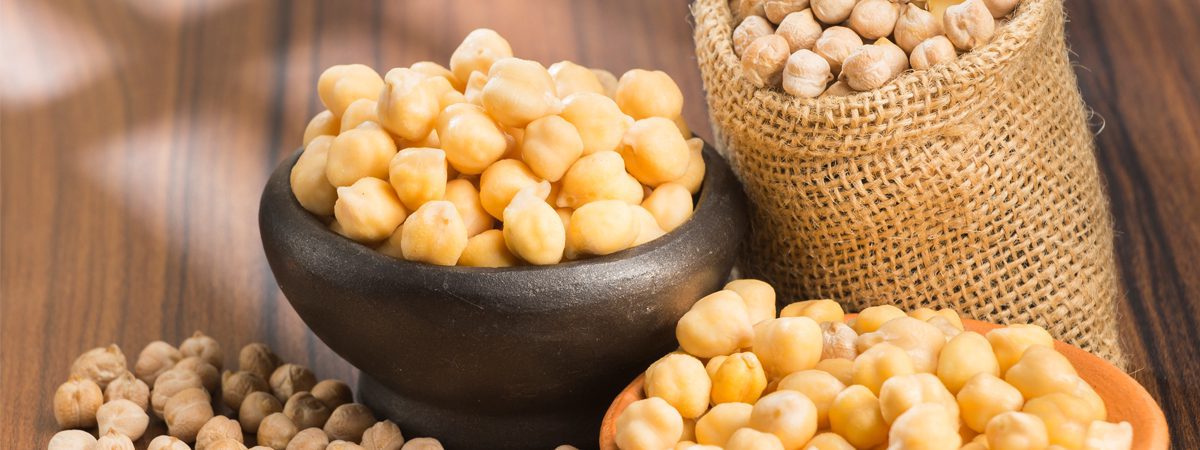
Chana or Bengal Gram or White Chickpea or white chana has a ubiquitous presence across the length and breadth of Indian cuisine. From a humble gur-Chana (jaggery and roasted bengal gram, a street-side snack) to rich traditional recipes, Chana has got a significant stake in our diet.
It is the go-to source of protein for the vast vegetarian population in India. But is chana good for diabetes?
To know your chances of Diabetes reversal, take the Diabetes Reversal TestDiabetes Reversal
Calculator
Glycemic Index or GI
Glycemic Index, also referred to as GI, is a type of system that assigns a number or numeric value to foods based on how much carbohydrate they contain and how fast eating each of these can increase your blood sugar levels.
Whatever food you partake has a direct impact on your blood glucose levels. Being aware of the GI count of the things you eat helps you be mindful of their effect on your blood sugar levels.
Keeping a track of GI count is all the more necessary for a person dealing with complications of diabetes mellitus.
Glycemic index, or GI, is usually divided into three categories:
- Low GI – between 1 and 55
- Medium GI – between 56 and 69
- High GI – 70 and above
What is the Glycemic Index Gi Of Chana Or White Chickpea?
Chana or Bengal Gram or white chickpea has a low Glycemic Index of 28 which makes it an extremely beneficial food item for people with diabetes.
Is Chana Good for Diabetes?
Due to its low GI count, Chana or white chickpea is good for diabetes.
Benefits of White Chickpeas or Chana for Diabetes
1. Loaded with nutrients
It has proteins, calories, vitamins, minerals, and good fiber content.
2. Aids in weight management
Chana is good for weight loss as it is loaded with proteins and fiber, Chana keeps you full for a longer time, thus, cutting away the need to binge. It also reduces your calorie intake and helps you keep a check on it.
3. Regulates blood glucose levels
Does chana increase blood sugar? Due to its low GI count, Chana or white chickpea comes handy in maintaining your blood glucose levels.
4. Prevents iron deficiency
Chana has a high iron content which makes it an absolute favorite when it comes to bridging the iron deficiency gap in the body. This in turn aids in physical as well as mental growth.
5. Increases brain function
The choline and magnesium present in Chana helps in proper brain functioning.
To know your chances of Diabetes reversal, take the Diabetes Reversal TestDiabetes Reversal
Calculator
Other Health Benefits of Chana
1. Improvement in digestion
The high fiber content aids the bowel movement and helps you get rid of constipation. It also has antioxidant properties which help you keep your gut and digestive tract clean by flushing away the bulky waste from your system.
2. It is fortifying
The amino acid Methionine present in Chana improves cell functioning that results in a steady boost of energy.
3. Heals anaemia
This iron-rich grain increases your haemoglobin count and is especially beneficial for women during menstruation, pregnancy and lactation.
How to include White Chickpea or Chana in your daily diet?
There are various other tastier ways of incorporating Chana in your diet other than as a dal or curry. For instance, you can:
1. Eat it as a sprout
Soak bengal gram or chana in water for 10-12 hours. Drain and wash thoroughly. Keep it covered for another 6-8 hours. Depending upon the season, Chana sprout will be ready to be consumed within 24 days.
2. Make Chana Chaat
Pressure-cook Chana in salt water. Drain and keep aside. Add chopped onion, tomato, green chili, coriander leaves, roasted peanuts, lemon juice, rock salt and chaat masala.
3. Add it to salads
Chana can be a good protein substitute in salads.
4. Add to vegetable kebabs
Coarsely ground parboiled Chana can be a good alternative to boiled potatoes when making vegetable kebabs. These are bulkier than your regular kebabs, thus, cutting the portion size.
REVERSED Diabetes in 3 months

5.7%
Happy members
EMI
Guarantee
4.8/5
Diabetes Prime Program
Fittertake
However, before you start having chana or white chickpea, make sure that you do speak to your dietician/nutritionist and follow medical advice as given.
Controlling blood sugar with diet is only one aspect of diabetes management or reversal. It is important to take a comprehensive approach that includes exercise, stress, and sleep management.
At Fitterfly, our expert team of nutritionists, physiotherapists and psychologists are focused on transforming your health through their expertise. This happens through personalized one-on-one sessions, tailor made diet & exercise plans and an in-depth analysis of your overall lifestyle, health and medical history.
Have a look at our Fitterfly’s programs like Fitterfly Weight Loss Program and Fitterfly Diabetes Care Program . They might just be the program you have been looking for!
Speak with us and give us a missed call at 08068507599, and we will definitely get back to you.
This blog provides general information for educational and informational purposes only and shouldn't be seen as professional advice.
Frequently Asked Questions
Is chana good for diabetes?
Chana or Bengal Gram has a low Glycemic Index of 28 which makes it an extremely beneficial food item for people with diabetes.




 References
References